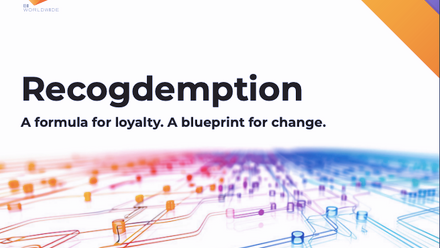Five tips to help employees engage with their finances and improve their financial wellbeing

1. Understand your employee’s needs
Before any financial wellbeing initiatives are implemented in the workplace, it’s imperative that employers understand the needs of their employees first. This is because each employee will have individual circumstances which are likely to result in different financial priorities.
Start by assessing the various cohorts of your employee population and considering their different needs: younger groups may want help to save for a deposit for a first home, whereas that probably won't be a priority for older groups, but a pension will be. It therefore helps to segment the workforce and research what these different groups of the employee population may want and need.
2. Develop an appealing savings package
Once you understand the needs of the workforce, it’s then important to look at the employee benefits platform itself. A good starting point is to investigate if employees are taking up and using the benefits on offer. Making sure benefits are relevant and well-explained can really help take-up and improve personal money management.
3. Help with the basics
Many employees struggle to understand basic financial and investment issues, and often fail to realise the various benefits on offer in the workplace. Helping employees become more familiar with this is an important step in helping them to engage with their finances. Getting them to think about how they spend money on everyday items such as utility bills and insurance is essential. A great example of this is car insurance. It is extremely unlikely that you will get a better quote by remaining with your current provider than from shopping around, but many neglect to do this.
4. Good vs bad debt
Another important principle is helping employees understand the difference between good debt and bad debt. For example, a mortgage is a form of good debt – it makes sense to have a loan in order to own your home as it is a stable, easy to manage approach to long-term borrowing. However, it should still be reviewed occasionally to ensure you have a good deal. At the opposite end of the spectrum, debt with high interest payments such as payday loans and credit cards can get out of control if they are not repaid quickly.
5. Provide support
The best way to switch employees onto their finances and improve their financial wellbeing is via financial education. We find the most effective way is face-to-face through seminars or one-to-one sessions, albeit online support tools are important once employees are engaged in the subject. Proactive and interactive financial education can not only help develop understanding and encourage employee engagement, but can also act as a catalyst for behavioural change and action – resulting in added value for both employers and employees.
The author is Jonathan Watts-Lay, director, WEALTH at work.
This article is provided by WEALTH at work.
Supplied by REBA Associate Member, WEALTH at work
WEALTH at work is a leading financial wellbeing and retirement specialist - helping those in the workplace to improve their financial future.







